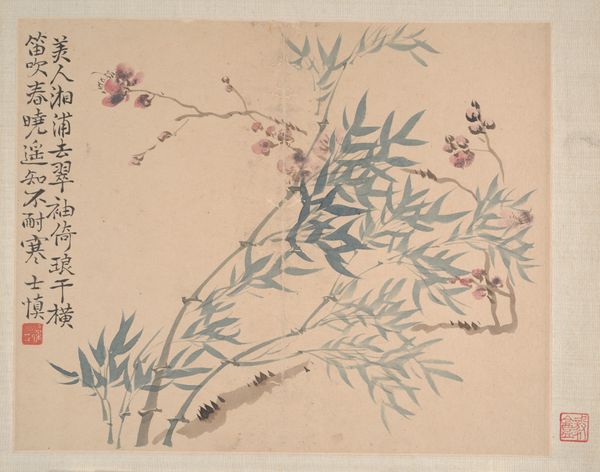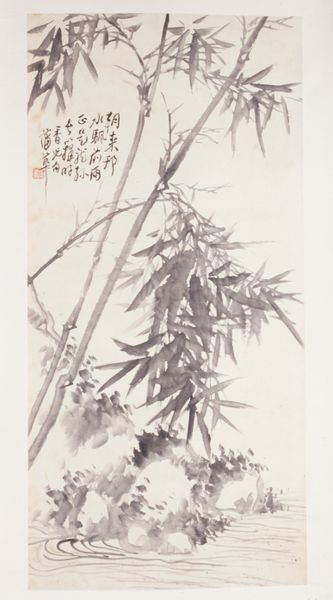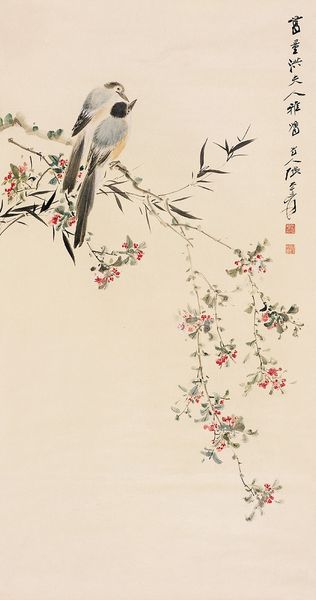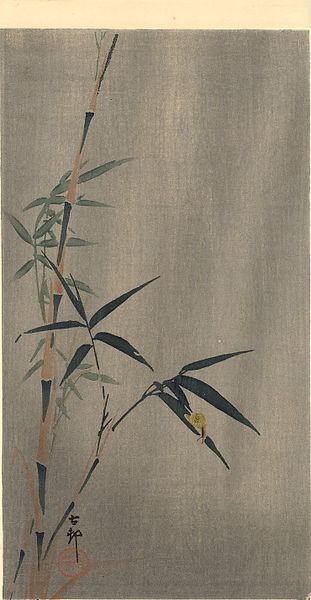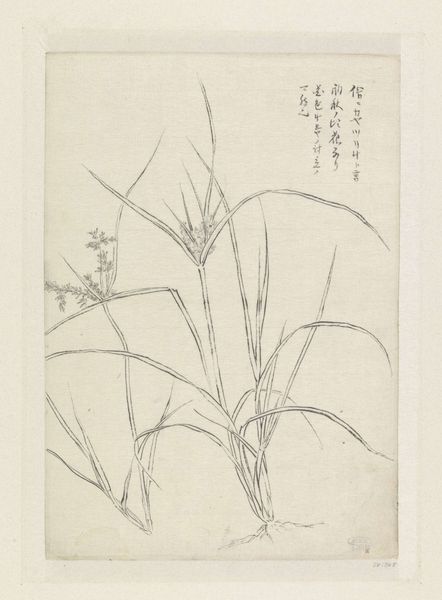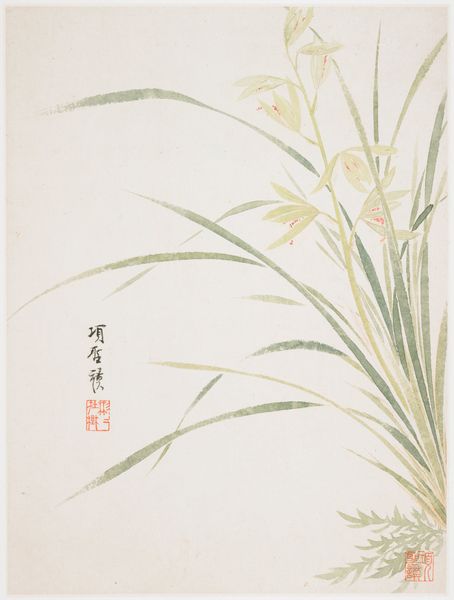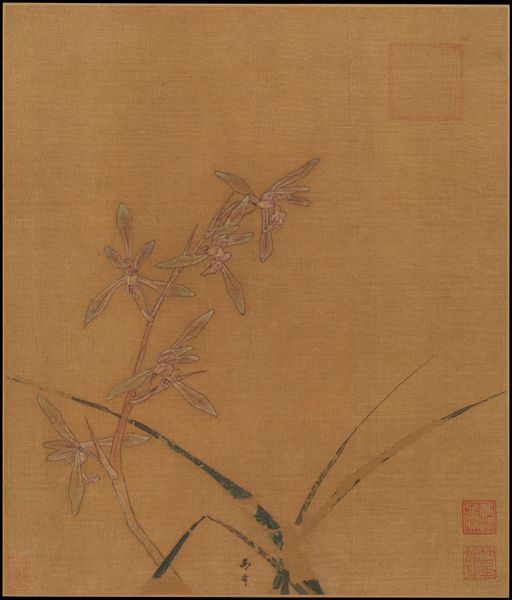
drawing, ink
#
drawing
#
asian-art
#
landscape
#
ink
#
linocut print
#
orientalism
#
line
#
realism
Dimensions: overall: 76.4 x 49 cm (30 1/16 x 19 5/16 in.)
Copyright: National Gallery of Art: CC0 1.0
Curator: Upon our right is "Bamboo" by Li Lin-ts'an, rendered with ink on what appears to be paper or silk. Notice how the artist uses stark black ink to depict the bamboo stalks and leaves against a muted backdrop. Editor: The initial feeling I get is one of elegant restraint. The composition, with its sparseness, is visually soothing, almost meditative. Curator: Yes, the restrained use of ink creates a powerful minimalist effect. What stands out for me is the composition; the interplay of line and space. The texture arises directly from the variable widths and densities of each stroke. Editor: Bamboo, of course, carries profound symbolism in Asian cultures. It’s seen as a symbol of resilience, flexibility, and integrity. The way the artist captures the leaves rustling suggests the ability to adapt and persevere, even in the face of adversity. The symbolism in the simple bamboo form evokes so many emotional associations that link man and nature. Curator: It’s intriguing how Li Lin-ts'an has manipulated the properties of ink to delineate form and texture. The variations in tone—from almost translucent greys to deep, concentrated blacks—define the contours of each leaf and the subtle undulations of the stalk. This creates an inherent depth using very spare artistic strategies. The positive and negative space—the relationship of image to backdrop—is integral to appreciating this. Editor: Exactly, and it highlights the concept of Wabi-sabi; finding beauty in imperfection and impermanence. Look how the subtle bleeds and inconsistencies in the ink application become not flaws, but rather crucial aspects that lend it a sense of authenticity. This natural, unforced approach connects deeply with centuries-old cultural narratives. Curator: From my perspective, the stark compositional clarity, born from an interaction of positive form with void, is critical to our reading. That void space functions much like a caesura does in prosody; allowing for contemplation and opening pathways to meaning. Editor: Well, looking at this, it is quite amazing how just a few dark strokes manage to embody so much depth of history, value, and also artistic competence. The overall piece shows a balance in artistic skill and symbolic heft that's beautiful. Curator: Absolutely. A rigorous, formally reductive vocabulary ends up engendering expansive significance.
Comments
No comments
Be the first to comment and join the conversation on the ultimate creative platform.



